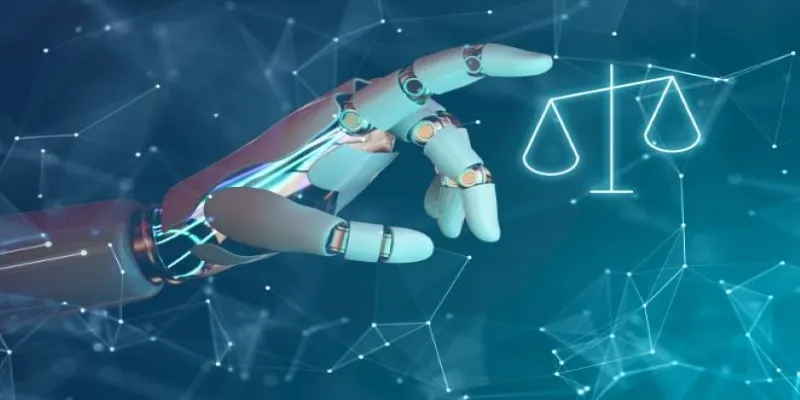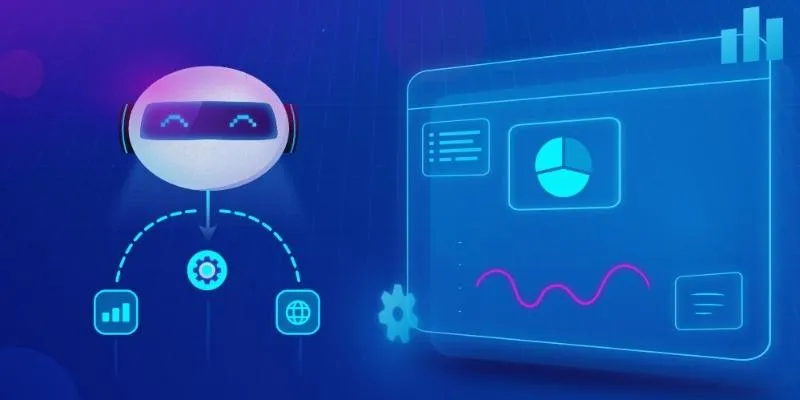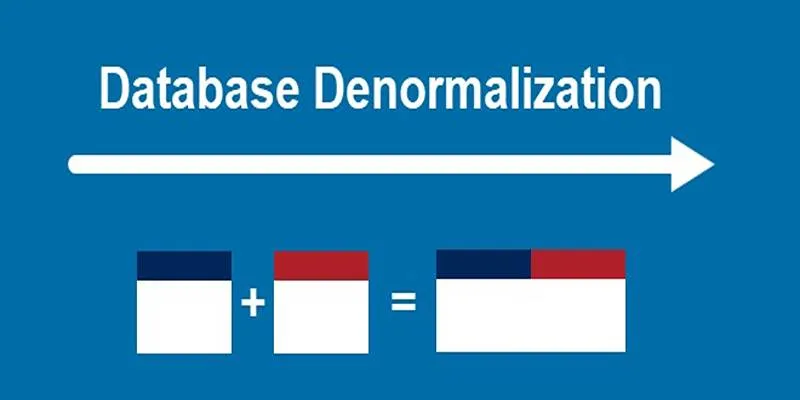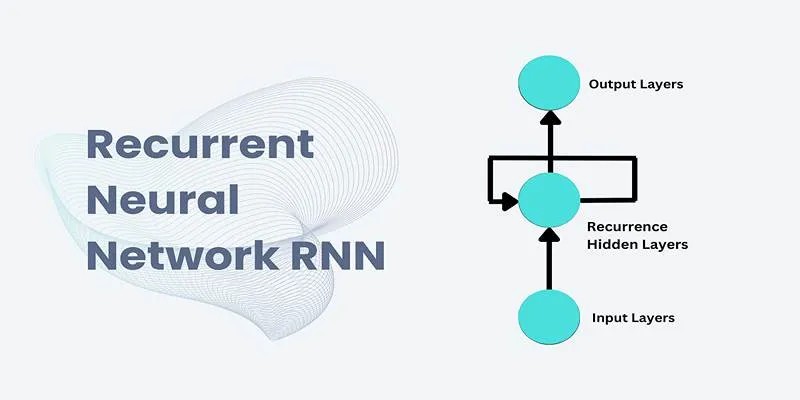In the rapidly evolving landscape of artificial intelligence, openness and transparency are becoming increasingly crucial. While many popular large language models (LLMs) boast impressive capabilities, they often remain partially or entirely closed off. This is where OLMo 2 steps in. Designed with a commitment to full openness, OLMo 2 represents a significant leap forward in developing AI models that are accessible, comprehensible, and improvable for everyone. In this post, we’ll delve into what OLMo 2 is , how it distinguishes itself from other models, and why it holds significance for developers, researchers, and AI enthusiasts.
What is OLMo 2?
OLMo 2 is a collection of foundation models trained on a comprehensive, high- quality dataset known as Dolma. These models are designed to understand and generate human-like text, akin to popular AI systems such as GPT or LLaMA. However, the key differentiator is that OLMo 2 is entirely open.
This means AI2 has not only released the final models but also provided:
- Training datasets
- Model weights
- Pretraining and fine-tuning code
- Evaluation methods
- Full documentation
This level of openness is rare and invaluable for those working in machine learning.
Why OLMo 2 is Different from Other Language Models
While many language models today are labeled “open,” they often conceal critical elements such as training data or the model-building process. OLMo 2 stands out due to its full-stack openness. Every component of the model is accessible.
Key Features of OLMo 2
Here are some standout features that distinguish OLMo 2:
- Truly open-source : Everything from model weights to training logs is publicly available
- Apache 2.0 license : Permits commercial and research use without restrictions
- Reproducibility : Developers can recreate the model using the exact code and data
- Support for multiple model sizes : Includes both 1B and 7B parameter versions
By offering complete access, OLMo 2 serves as a tool not just for utilizing AI but also for understanding how AI functions.
What’s Included in the OLMo 2 Release?
The OLMo 2 release is a comprehensive package for anyone interested in AI development. It includes everything needed to understand, run, and enhance the model.
Model Variants
There are two main versions of OLMo 2:
- OLMo 2-1B : A smaller model suitable for local devices or quick tests
- OLMo 2-7B : A more powerful version for advanced applications
Both models are also available in instruction-tuned forms, enhancing their ability to follow natural language commands, making them ideal for building assistants and chatbots.
Training Dataset: Dolma
The models are trained on Dolma, a dataset comprising over 3 trillion tokens. This dataset includes a mix of web content, books, code, and academic articles, carefully filtered and documented to ensure quality and responsible AI use.
Open-Source Training Code
AI2 provides comprehensive training scripts, enabling model reproduction from scratch. It includes tools to:
- Launch training on cloud or local machines
- Track model performance
- Run benchmark evaluations
- Tune models for specific tasks
This promotes research reproducibility—a growing concern in AI development.
Why Full Openness Matters in AI

Transparency in AI is not just a technical benefit—it’s a social responsibility. When organizations share how models are trained, the data used, and performance metrics, it fosters public trust in these technologies.
OLMo 2’s full openness addresses several issues:
- Understanding model behavior : Developers can observe how the model responds to different prompts
- Identifying bias : Researchers can analyze training data to explore potential social or ethical concerns
- Encouraging innovation : Anyone can build on OLMo 2 to develop better tools
- Learning and education : Students and hobbyists can explore the full pipeline, not just the outputs
By making the process transparent, OLMo 2 strengthens the AI community.
Use Cases of OLMo 2
OLMo 2 is versatile, suitable for various real-world projects. Its open design allows users to tailor it for different objectives.
For Research and Academics
- Analyzing model behavior and bias
- Studying the impact of different datasets
- Comparing various model training strategies
For Developers
- Building chatbots or personal AI tools
- Creating content generation applications
- Developing AI-based writing assistants
For Education
- Teaching students how foundation models are constructed
- Conducting small experiments with the 1B version
- Promoting open collaboration in AI learning
OLMo 2 offers a practical entry point for those interested in natural language processing (NLP).
Future of OLMo and the Role of Dolma
AI2 has plans to further advance OLMo. The current release is part of a broader initiative to enhance openness in AI. Future objectives include:
- Releasing larger model versions (such as 13B or 30B)
- Expanding the Dolma dataset to include more language diversity
- Developing tools to evaluate model safety and fairness
As the project evolves, OLMo is expected to play a significant role in both research and real-world AI systems.
How to Get Started with OLMo 2
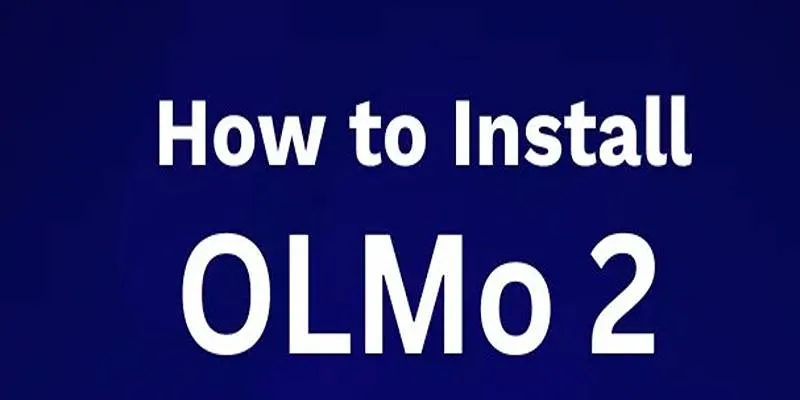
Getting started is straightforward—even for those new to the field. You’ll need:
- A basic understanding of Python
- Access to a GPU (for training or fine-tuning)
- Familiarity with libraries like PyTorch or Hugging Face Transformers
Steps to Use OLMo 2:
- Visit the official GitHub repository provided by AI2
- Choose the model size you need (small, medium, large)
- Download the pretrained weights and tokenizer
- Use the provided scripts to run, fine-tune, or evaluate the model
- Follow the included documentation for training on your datasets
A ready-made training pipeline is also available, eliminating the need to build everything from scratch.
Conclusion
OLMo 2 marks a significant milestone for open AI development. Unlike many models that offer only a piece of the puzzle, OLMo 2 provides the entire toolkit—from raw data to trained models, with complete transparency in between. For students, researchers, and developers who value trust, understanding, and innovation, this is a transformative resource. In an era where AI technologies shape communication, creativity, and business, the need for open and comprehensible models is more critical than ever.
 zfn9
zfn9



